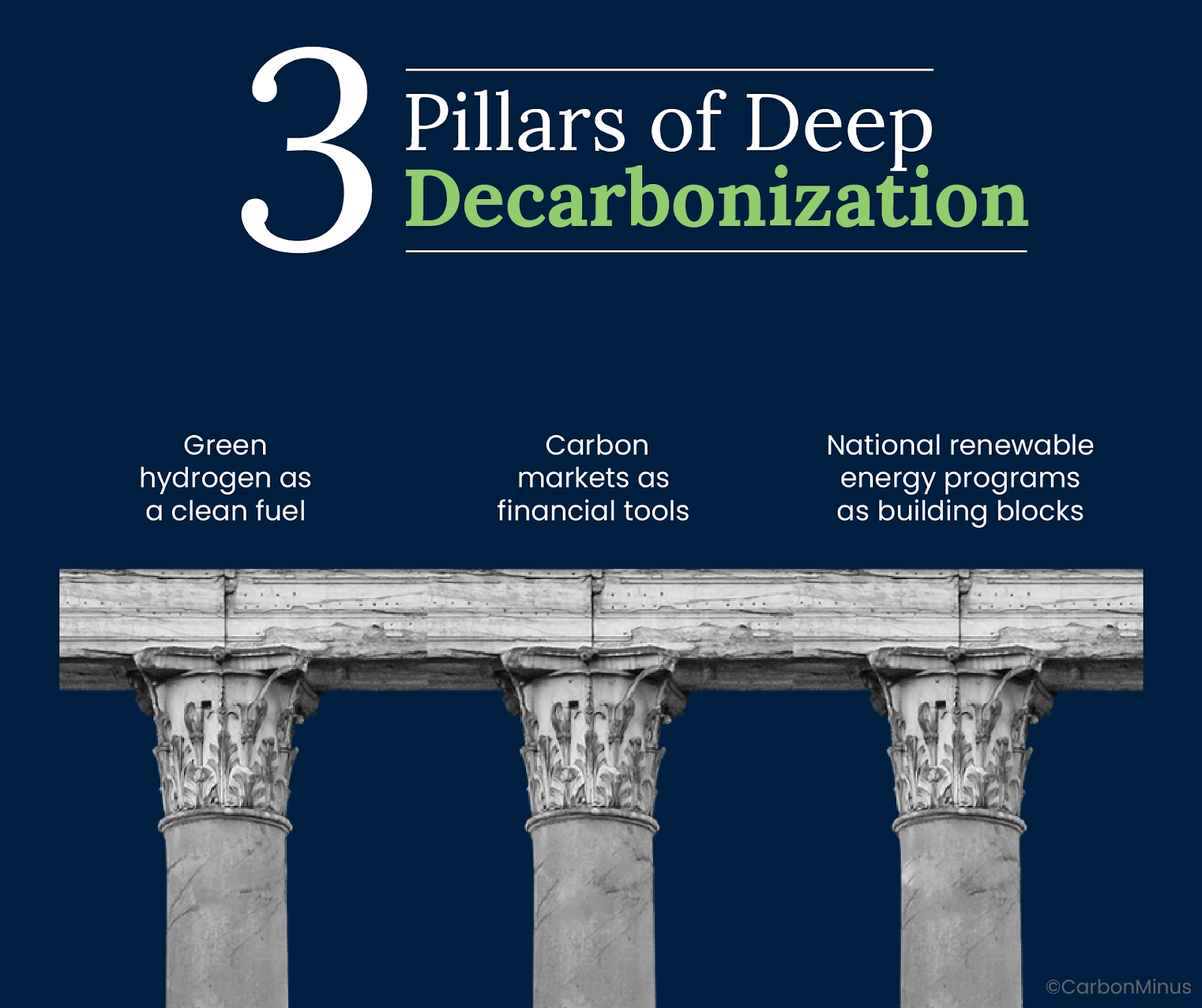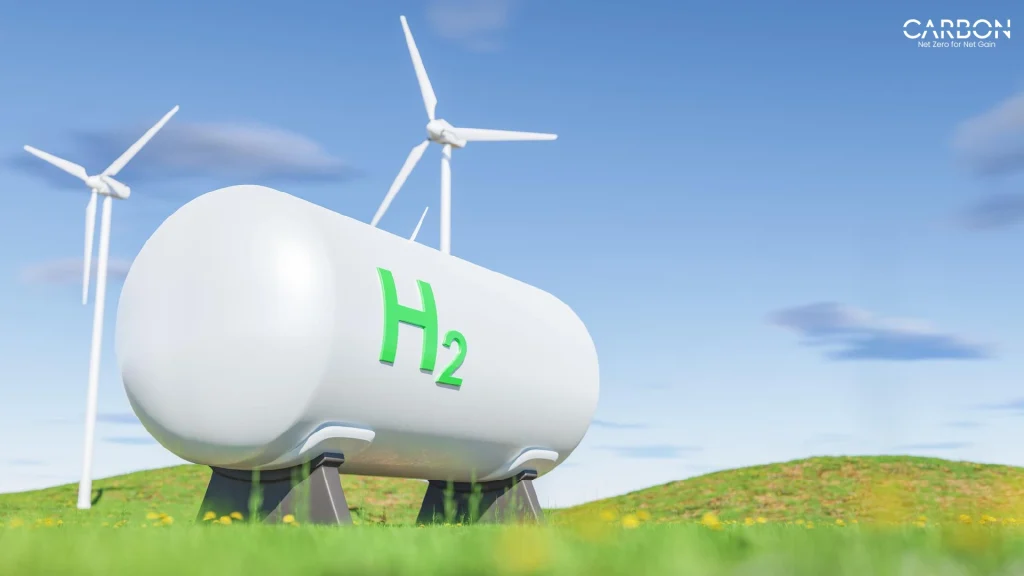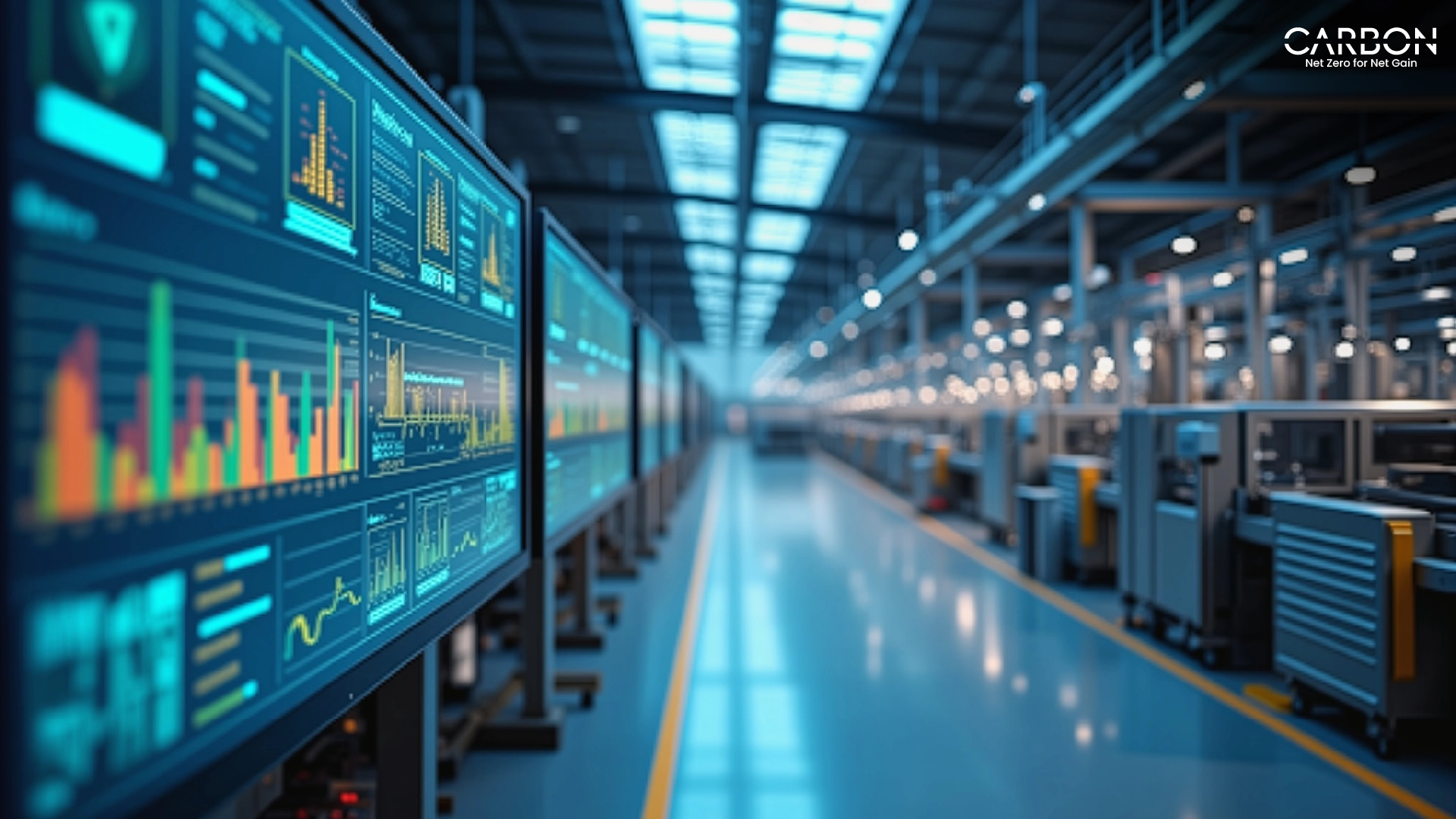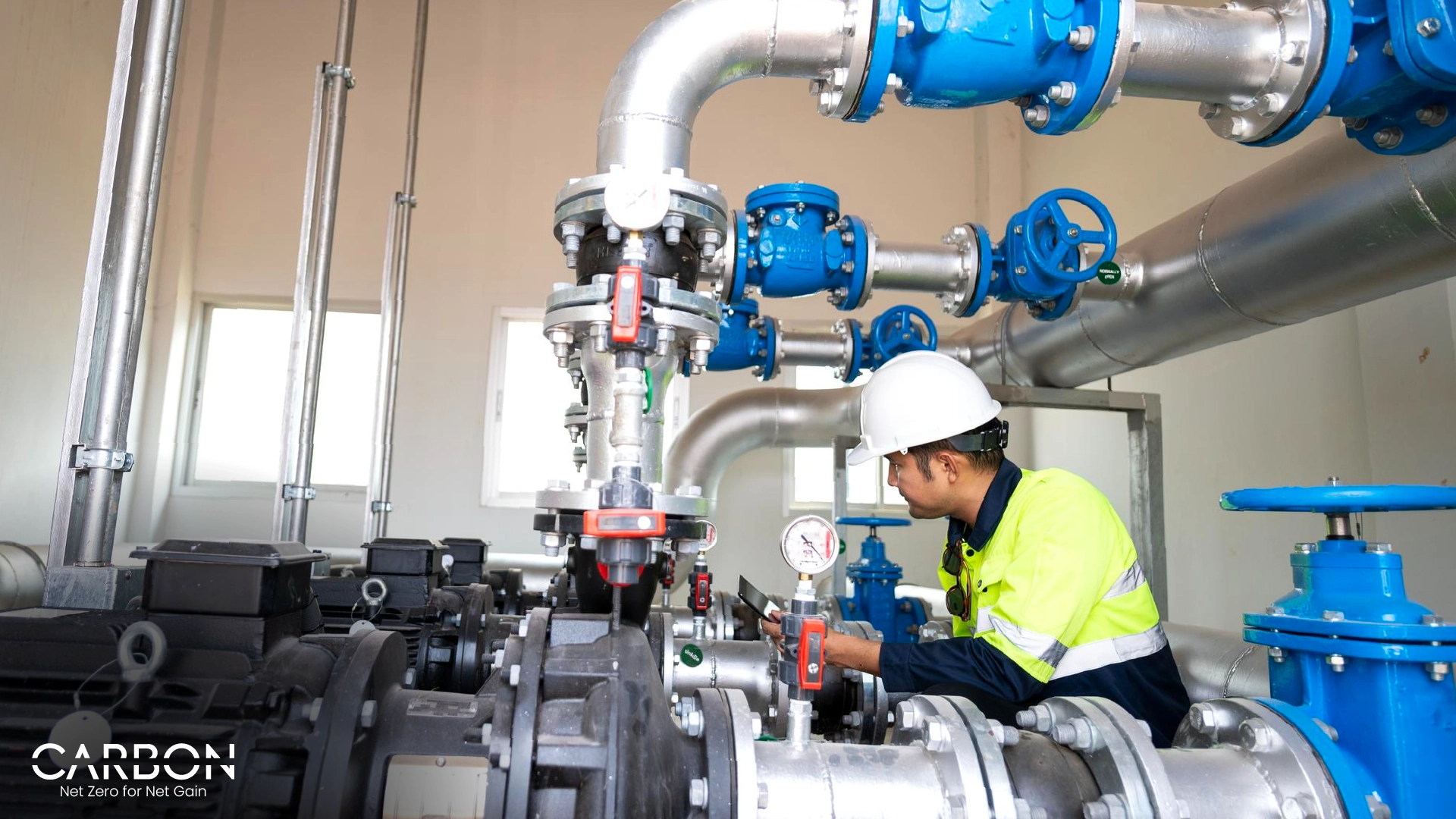In the first article, I talked about the accelerating pressures businesses face from carbon pricing to net-zero mandates. In the second, I looked at how technology is helping us respond with more intelligence and control.
Now the question becomes: how do we go deeper?
Incremental improvements won’t get us to net-zero. Especially not in sectors like steel, cement, refining, and heavy transport where emissions are baked into the process. For these industries, we need new energy systems, not just more efficient ones.
We also need smarter ways to finance the transition. Because not every emissions cut happens inside the factory gate. Some require large-scale ecosystem shifts and credible market mechanisms to help fund them.
In this piece, I want to focus on three pillars of deep decarbonization that are gaining serious traction:
- Green hydrogen as a clean fuel for hard-to-abate sectors.
- Carbon markets as a financing tool when used with integrity.
- And national renewable energy programs as the foundation for long-term transition.
The stakes are high. But so is the opportunity. Bold moves now can create real advantages, such as financial, operational, and reputational for the businesses willing to lead.
Incremental change won’t get us to net-zero. We need big bets, and they’re already underway.
Bet #1: Green Hydrogen: The industrial clean fuel of the future
One of the most promising developments in deep decarbonization is green hydrogen.
It’s not new but it’s finally starting to move from pilot to pathway.
At its core, it’s simple: water, split into hydrogen and oxygen using renewable electricity. No emissions. No fossil fuels. Just clean energy stored in one of the most versatile fuels we have.
Its value is clearest in the sectors where decarbonization is hardest, like steel, cement, chemicals, heavy transport, and refining. These industries rely on high heat or carbon-based feedstocks, things that electricity alone can’t replace.
That’s where green hydrogen steps in. In steel, it can replace coal in direct reduced iron (DRI) production. In chemicals and refining, it becomes a zero-carbon feedstock for ammonia and methanol. For long-haul transport, hydrogen fuel cells offer an alternative to diesel, especially where batteries fall short.
It’s flexible. It’s storable. And it integrates into existing industrial systems, making it one of the few scalable options for cutting emissions at the root.
On top of being cleaner, green hydrogen could also create $2.5 trillion in economic value by 2050.
And the global momentum is strong. The green hydrogen market is set to grow from $1.5 billion in 2025 to over $125 billion by 2035 driven by policy, falling renewable costs, and rapid tech advances.
India is also stepping up with intent. The National Green Hydrogen Mission targets 5 million tonnes of annual production by 2030, backed by $100 billion in investment and an expected 50 million tonnes of CO₂ abated each year.
And yes, challenges do remain. Cost parity is still a hurdle. Infrastructure needs to catch up. But the pace of progress is accelerating.
Bet #2: Carbon Markets: Finance for the hardest challenges
Not every emissions cut can happen inside the factory gate. Some require bigger systems, longer timelines, or technologies still in development.
That’s where carbon credits come in, representing one tonne of carbon dioxide reduced or removed. When used correctly, they help fund clean energy projects, forest conservation, and low-carbon technologies, especially in places where direct emissions cuts aren’t yet viable.
But the market is evolving. Fast.
The global carbon credit market, valued at over $120 billion in 2024, is projected to reach anywhere from $730 billion to more than $16 trillion in the next decade, depending on how frameworks mature.
Buyers and regulators alike are demanding better standards: additionality, permanence, transparency. Rating agencies like Sylvera show that average project scores have risen—from B or BB in 2020 to consistently above BB by 2024.
This shows that low-quality credits are being rejected outright.
In response, initiatives like the Integrity Council for the Voluntary Carbon Market (ICVCM) and the VCMI are creating stronger baselines. And digital MRV systems, often built on AI and blockchain, are improving tracking, verification, and investor confidence.
India is also following suit. Its Carbon Credit Trading Scheme (CCTS) is transitioning the country from a voluntary system to a regulated market, with a centralized registry, growing cross-border interest, and a projected $10 billion valuation by 2030. This year alone, 250 million credits are expected to trade domestically.
For businesses, the takeaway is simple: carbon credits can play a role, but only if they meet the highest standards. Start small. Prioritize direct reductions. And when credits are used, make sure they’re high-quality—backed by rigorous due diligence, verified impact, and real co-benefits.
It’s possible for companies to generate significant income by developing and selling carbon credits. Tesla exemplifies this potential, earning $1.78 billion in 2023 from regulatory carbon credit sales to legacy automakers.
Bet #3: Renewables at Scale: The clean baseline every strategy needs
If green hydrogen is the fuel of the future, and carbon credits are a financing lever, then renewable energy is the foundation everything rests on.
You can’t scale clean fuels, electrify transport, or decarbonize heavy industry without a massive expansion of renewable power. That’s not theory, it’s the math behind every serious net-zero model.
India understands this. And the pace of its renewable energy transition reflects that urgency.
As of March 2025, India’s total installed renewable energy capacity reached over 220 GW. Solar alone accounted for more than 105 GW—a 3,500% increase over the past decade.
Wind capacity crossed the 50 GW mark. And in FY 2024–25, India added a record 29.5 GW of new renewable capacity, with tenders issued for another 44 GW.
The target is ambitious: 500 GW of non-fossil capacity by 2030. At the same time, there’s a clear recognition of the challenges.
Grid integration remains complex, balancing intermittent renewables with growing demand. Land acquisition, project financing, and long-term contract enforcement still require stronger systems.
The direction is right. But success will depend on continued scale, speed, and smart policy.
For businesses, this opens up more than compliance pathways. It creates real opportunities to co-invest, innovate, and align operations with a cleaner, more resilient energy mix.
Not to mention, cost reductions. For example, India allows substantial subsidies reaching 60% for systems up to 2kW.

Reaching Net-Zero Won’t Come From a Single Solution
It’s the result of layered actions, like bold technologies, evolving market mechanisms, and long-term national commitments working together.
Green hydrogen, carbon markets, and renewable energy are becoming the backbone of industrial and energy transformation. But getting them right takes more than ambition. It takes strategy. Due diligence. And the willingness to build capabilities before the pressure hits full force.
Businesses that act early, investing in credible decarbonization pathways and engaging with integrity, will definitely shape the next economy. That’s why we should use offsets to bridge gaps, not to delay action.
In the next piece, I’ll explore what comes beyond carbon.
Why future-ready sustainability strategies must also consider resource use, circularity, and biodiversity alongside emissions.




